Is one pilot good, but two better? Why does Russia need a new version of the Su-57
Program development
Presentation of a light tactical aircraft at the MAKS airshow Checkmate (now it is already openly called the Su-75) led to the fact that the first Russian "five" was almost forgotten. But quite recently it passed, one might say, a key stage - the first production car was delivered by the Aerospace Forces. Strictly speaking, this should have taken place a year earlier, but the very first production car crashed in December 2019 during testing (that is, the delivered plane is de facto the second production vehicle).
In any case, this is just the beginning. As the head of the United Aircraft Corporation (UAC), Yuri Slyusar, said in July, the Ministry of Defense will receive 2022 such fighters per year starting from 12. And the total number of aircraft under the agreement signed at the Army-2019 forum will be 76 fighters.
At first glance, everything is pretty good. However, it is pertinent to recall that the same F-35 Lightning II as of August 2021 have built over 670 units. In addition, the Su-57 cannot boast of a single foreign contract (or we simply do not know about them), although there was previously evidence of interest from India, Algeria and Turkey. The building of the Ministry of Defense of Algeria was even decorated with the image of a fighter jet.
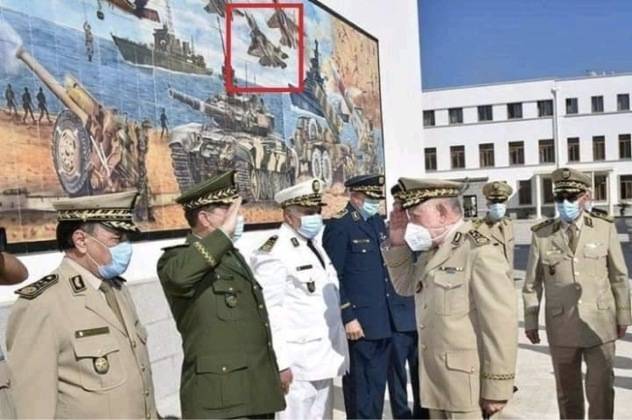
Against this background, talk continues about endowing the aircraft with fundamentally new capabilities. Most often they talk about the new engine "Product 30", which should replace the AL-41F1, which are currently used and do not fully meet the requirements of the fifth generation. But there are also more original ideas.
One plus one
Recently, the Japanese have proposed unusual options for the layout of the two-seater cockpit of the Su-57 fighter.
One of the options involves "helicopter" accommodation of crew members, when instead of one cockpit with tandem pilots, two separate cockpits are used, one above the other. In fairness, there are more familiar patterns.
This could be attributed to a flight of fancy, if not for one "but": in Russia itself, they are increasingly talking about the two-seater Su-57. And if earlier this did not go beyond the drawings on the export version of the FGFA (Fifth Generation Fighter Aircraft) aircraft, now everything is pretty serious.
- Deputy Prime Minister Yuri Borisov said in the summer.
At first glance, this statement looks logical. The two-seater Su-30 has become the country's main export fighter: now more than 600 of these aircraft of different versions have been produced. But as for the more "advanced" single-seat Su-35, foreign customers bought only a few dozen of these machines.
However, you need to understand that the Su-30 and Su-35 appeared at different times, when the market for combat aviation and the balance of power in the world was very different. India ordered a significant part of the two-seater "Sushki" back in 2007, and the Su-35 made its maiden flight only in 2008.
The very decision to create a single-seat fighter did not appear out of nowhere.
Modern on-board electronics allows one pilot to fully solve all the main combat missions (the era of unmanned fighters has not yet arrived, but this cannot be ruled out either). If we remove the training aspect, then the creation of a two-seater car, in general, looks like an anachronism. It is pertinent to say that now no country in the world produces fifth generation two-seat fighters.
The question lies not only in the plane of improving avionics. Of course, for a modern fighter, the price of which can be measured in hundreds of millions of dollars, this is not a matter of principle, but still. All other things being equal, a two-seater car is more expensive, has a large mass, and its loss is more sensitive for the country (due to the larger crew).
In conjunction with the UAV
However, it is possible that the future will bring a number of surprises that very few people now know about.
Speech, oddly enough, lies in the plane of the development of the UAV.
- a source in the military-industrial complex told TASS in the summer.
The connection between the Okhotnik and the Su-57 has been talked about for a long time and not always in the context of creating a new version of the fighter. Recall that the first is a large attack UAV (one of the largest in the world at the moment), which at various times was considered both as a pure drummer, and as an unmanned slave, and even as an interceptor.
It is difficult to say something specific about its capabilities so far. According to media reports, the combat load of the "Okhotnik" will be about 3 tons, and the maximum speed reaches 1 kilometers per hour with a flight range of 000 kilometers.
Apparently, the issue goes beyond the program for the creation of "Okhotnik". Back in April, the source of RIA News in the aircraft industry said that the Su-57 would be able to carry more than ten different UAVs in the internal compartments, including shock ones. And even earlier it was reported that the promising Russian UAV "Thunder" will be able to control ten attack drones "Molniya", which will be launched by "another aircraft carrier."
What will this approach give?
It is difficult to say specifically yet. According to military historian Dmitry Boltenkov, even when using satellite communication channels, a delay in signal transmission is inevitable, which now prevents the use of UAVs in air combat or in a difficult and rapidly changing environment. Simply put, in the event of a war with a strong, well-equipped enemy, drones are best kept close at hand. Through direct automated interaction between the UAV and the manned aircraft, signal delays can be avoided and the efficiency of unmanned vehicles can be increased.
The pilot will not need to fully control the UAV, just give him commands. In this case, having a co-pilot who would coordinate the actions of unmanned vehicles makes sense: a modern fighter pilot already has to deal with a huge amount of data coming from different sensors. The extra workload can be overkill, even with the many virtual assistants.
It is worth saying that the unmanned wingman is not Russian know-how. Back in February, the aircraft Loyal Wingman, created by the Australian division of Boeing, took off, which will have to solve this kind of problem.
Europeans are also working in this direction now. True, if the United States is talking more about supporting fifth-generation fighters, then the EU and Great Britain are working with an eye on the sixth. In the first case, this is what is known as FCAS or Future Combat Air System, in the second, the Tempest program. It is noteworthy, however, that the European fighters of the future are seen as single-seat. At least for now.
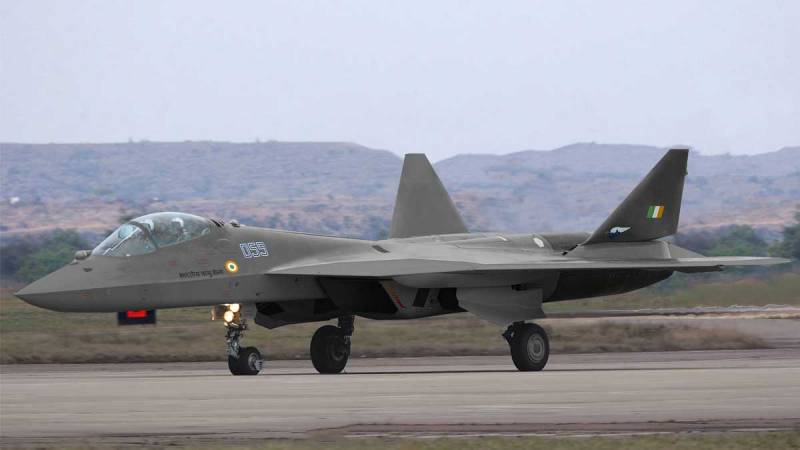
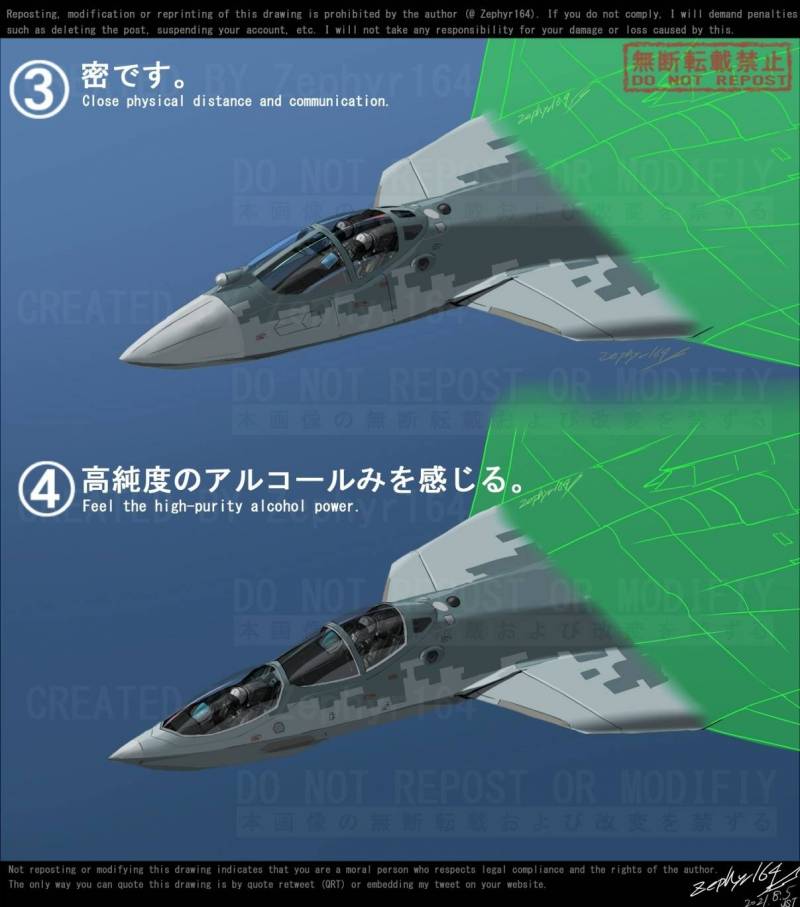

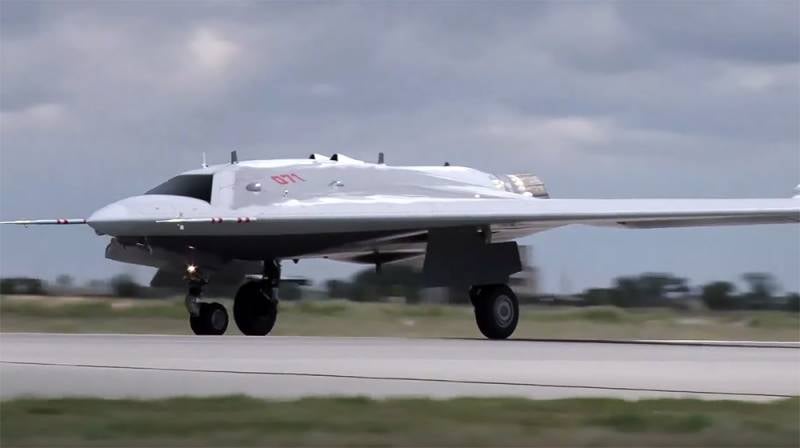
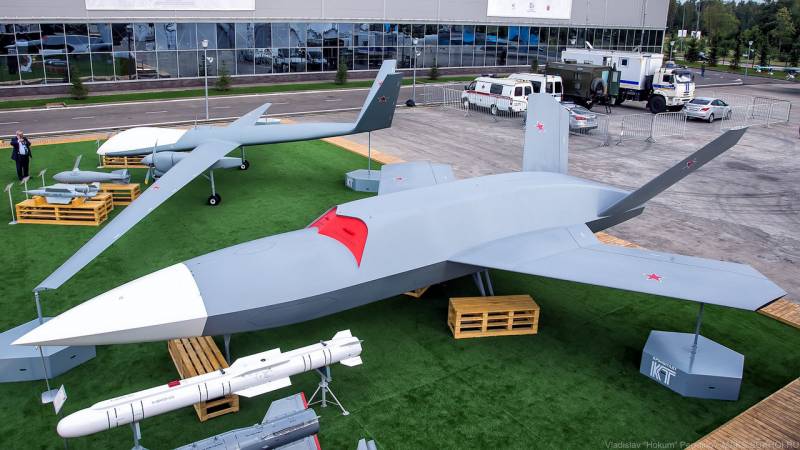
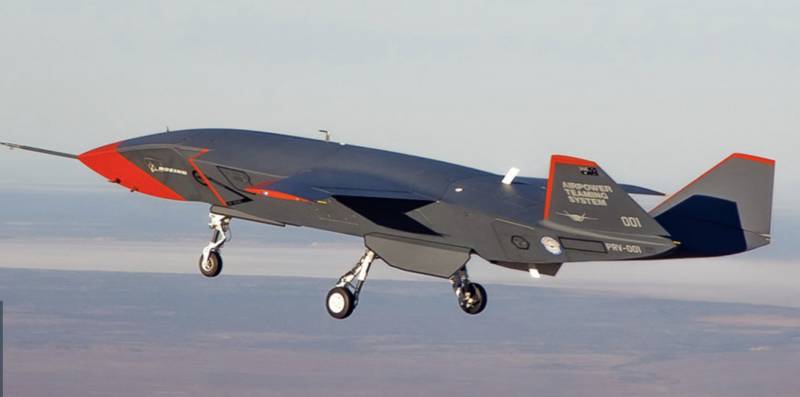
Information